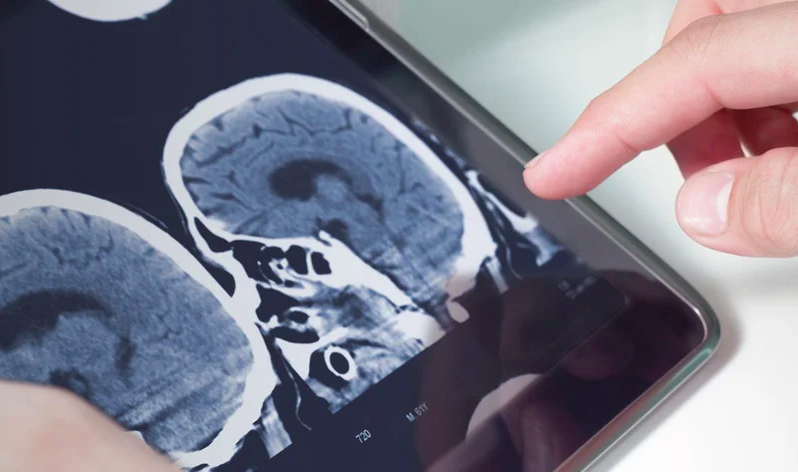Radiology – Integrated Training Initiative (R-ITI) | Paediatrics | Paediatric Mediastinum: Normal Anatomy and Appearances



Paediatric Mediastinum: Normal Anatomy and Appearances
Session Overview
Description
This session discusses radiographic anatomy of the normal mediastinum and its compartments containing different structures and why this is useful when interpreting an abnormal image. The silhouette sign and how it is used to localise a mass on chest radiograph (CXR) is explained. Embryology and the variable appearance of the normal thymus on CXR in childhood are described, including how to differentiate it from pathology. Appearances of the normal thymus on cross-sectional imaging in childhood are also demonstrated.
Learning Objectives
By the end of this session you will be able to:
- Describe the anatomical divisions of the mediastinum and their contents
- Identify the imaging characteristics of the normal thymus on CXR, ultrasound, computed tomography (CT) and magnetic resonance imaging (MRI)
- Identify the causes of variation in thymic size during infancy and childhood
The CXR is the most commonly requested paediatric imaging procedure. However, the mediastinum can be a difficult area to assess on CXR in childhood as the proportionally large thymus may give the impression of cardiomegaly or a mediastinal mass. Abnormal mediastinal contours can raise the suspicion of underlying congenital heart disease or of a mediastinal mass lesion. When there is suspicion of a mediastinal mass, its location within the mediastinum helps to limit the differential diagnosis.
Further imaging with ultrasound, CT and MRI will then help to characterise the lesion, define its extent and detect complications. The choice of further imaging is largely dependent upon accurate evaluation of the CXR.
Abnormal mediastinal contours may also be due to congenital anomalies of the mediastinal vessels which can be demonstrated non-invasively using MRI.
- Anaesthesia | Transfer | Modes of Transport
- Posted By eIntegrity Healthcare e-Learning
- Posted Date: 2024-12-22
- Location:Online
- This session considers the transport options available to critical care teams for the secondary and tertiary transfer of critically-ill patients.
- Anaesthesia | Sepsis | Resuscitation and treatment...
- Posted By eIntegrity Healthcare e-Learning
- Posted Date: 2024-12-22
- Location:Online
- This session describes the initial resuscitation for the patient with sepsis and septic shock. It focuses on the resuscitation and initial cardiovascular management of sepsis.
- Anaesthesia | Sepsis | Assessment and differential...
- Posted By eIntegrity Healthcare e-Learning
- Posted Date: 2024-12-22
- Location:Online
- This session describes how to assess a patient with suspected sepsis and recognize the differential diagnoses in suspected sepsis both on admission to hospital and in hospital.
- Anaesthesia | Sepsis | Sepsis Pathophysiology
- Posted By eIntegrity Healthcare e-Learning
- Posted Date: 2024-12-22
- Location:Online
- This session provides an overview of the pathophysiological processes that underpin normal immune response to infection. It then outlines how these contribute to the development of sepsis.
- Anaesthesia | Recognition of the critically ill pa...
- Posted By eIntegrity Healthcare e-Learning
- Posted Date: 2024-12-22
- Location:Online
- This session defines the mortality rate for patients admitted to ICUs in the UK and discusses important aspects of severity of illness scoring systems that are applied to this population. This session also looks at the longer-term non-mortality outcomes e
